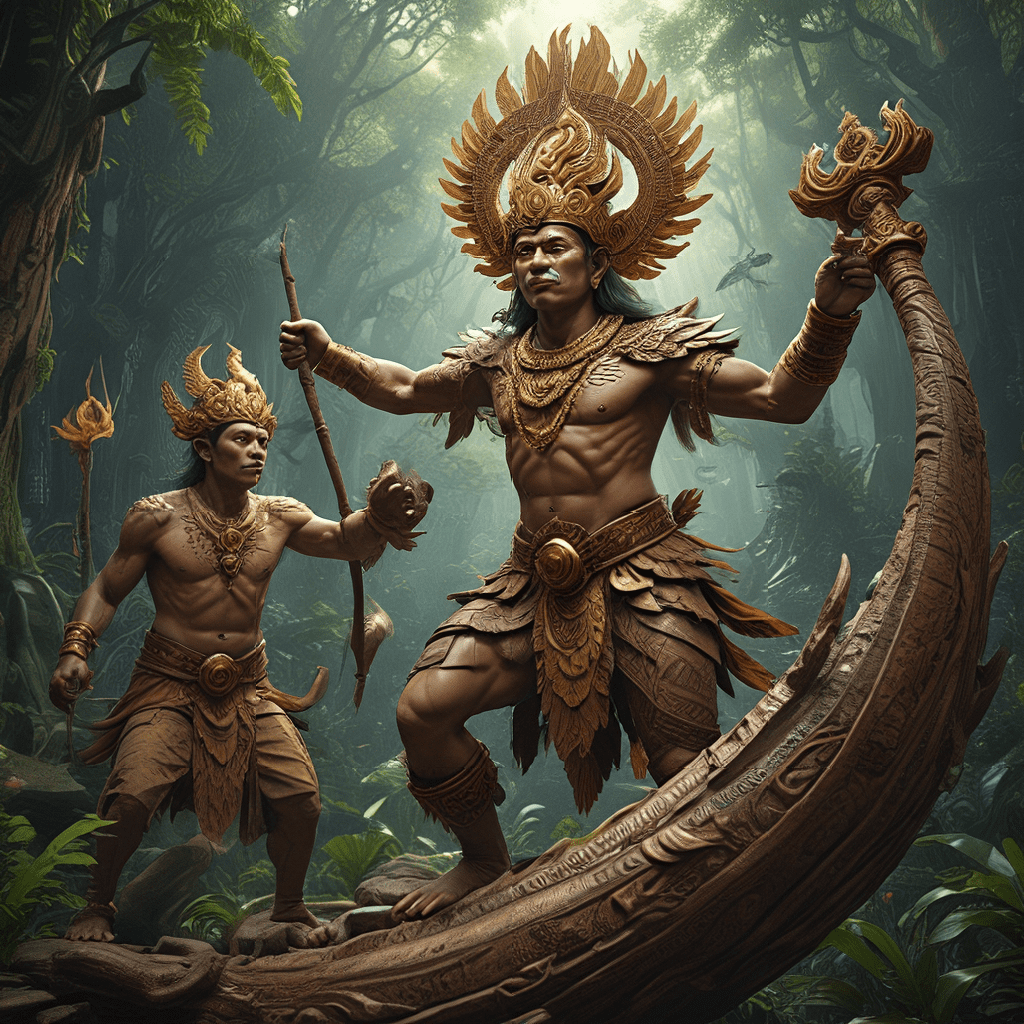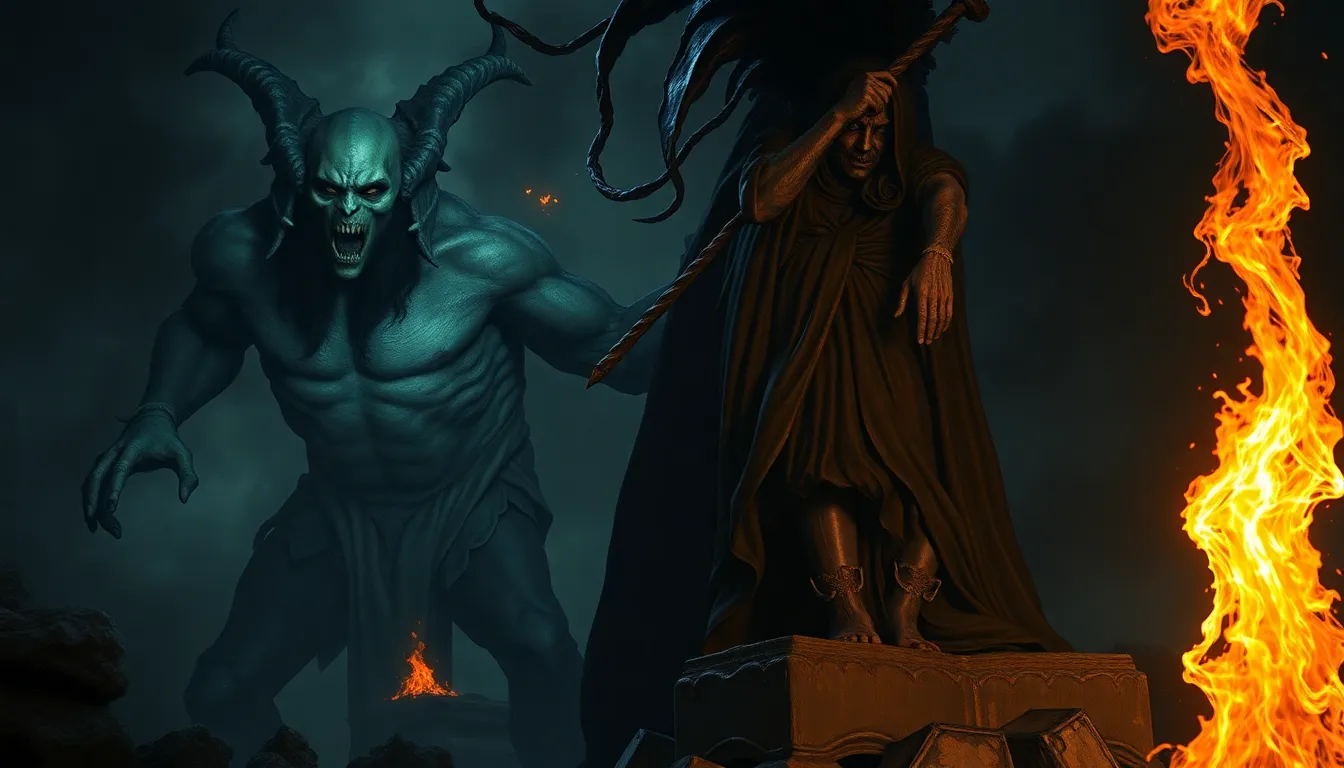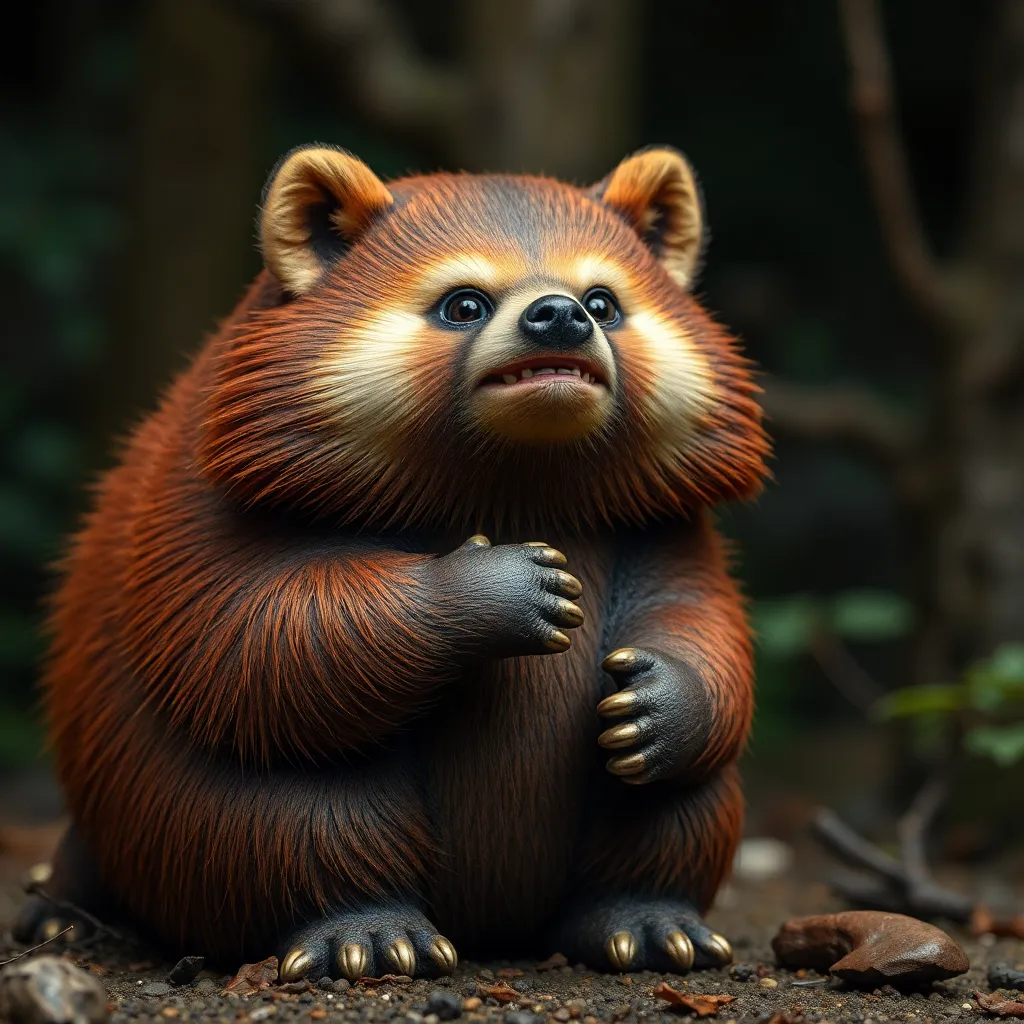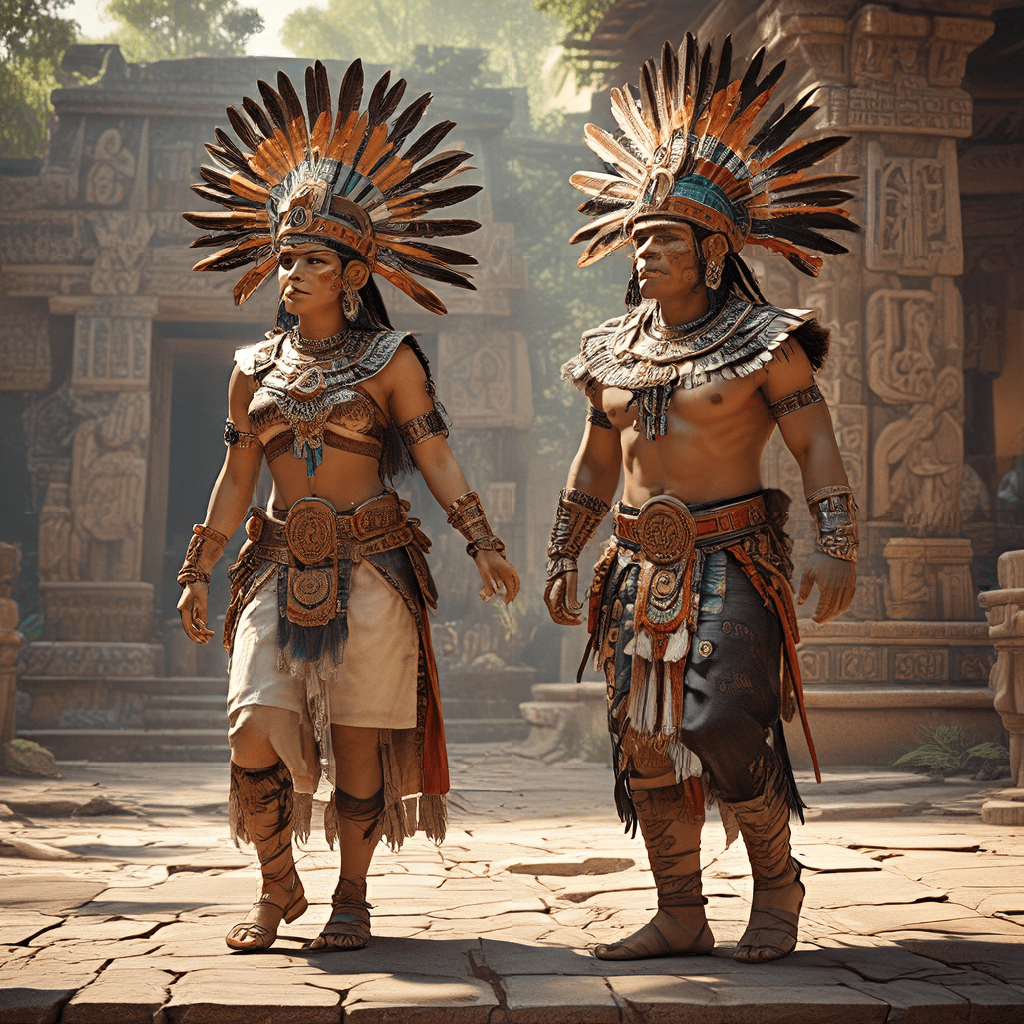Indonesian Creation Myths: Unveiling Ancient Tales
Indonesia, a vast archipelago with over 17,000 islands, is home to a rich tapestry of cultures and traditions. The myths and legends that have sprung from this diverse landscape provide fascinating insights into the beliefs and values of its people. Among these narratives, creation myths stand out as powerful stories that explain the origins of the world, its inhabitants, and the very essence of Indonesian identity. These stories have been passed down through generations, shaping the spiritual and cultural fabric of Indonesian society.
A Tapestry of Diverse Beliefs: Exploring the Indonesian Archipelago’s Mythological Landscape
The Indonesian archipelago boasts a remarkable diversity of creation myths, each reflecting the unique cultural heritage of its respective region. From the island of Sumatra, where Batak mythology speaks of the creation of the world from a giant egg, to the island of Java, where Javanese myths describe the emergence of the world from a primordial ocean, each story captures the essence of its local beliefs. This diversity is a testament to the rich cultural heritage of Indonesia, where each island and region has developed its own fascinating and unique cosmology.
From the Cosmic Egg to the Divine Ancestors: Common Themes in Indonesian Creation Myths
Despite their diversity, Indonesian creation myths share some striking commonalities. Many stories involve the existence of a primordial state, often represented by an ocean, a void, or a cosmic egg. This primordial state is often believed to be the birthplace of the world, representing the potential for creation. The emergence of the world is often attributed to the actions of gods, goddesses, and mythical beings who play a vital role in shaping the landscape, creating the first humans, and establishing the foundations of society. This theme of divine intervention is woven into many Indonesian creation myths, highlighting the belief in supernatural forces that govern the fate of humanity.
The Role of Gods and Goddesses: Shaping the World and Its Inhabitants
Throughout Indonesian creation myths, gods and goddesses often serve as powerful figures who bring order and structure to the world. These deities often possess unique attributes and powers, reflecting the values and beliefs of their respective cultures. In some myths, gods are responsible for creating the physical landscape, shaping mountains, rivers, and forests. In others, they are credited with the creation of humans, often from clay, wood, or other materials. These deities are not merely passive observers but active agents of creation, shaping the world and its inhabitants according to their divine will. The stories of these gods and goddesses provide a rich source of information about the religious and spiritual beliefs of the Indonesian people.
The Significance of Sacred Animals and Natural Phenomena: Embodied in Mythological Narratives
Indonesian creation myths often feature a wide range of animals and natural phenomena that play significant roles in shaping the world. Animals, such as snakes, crocodiles, and birds, are often depicted as powerful creatures with supernatural abilities, representing the forces of nature. Natural phenomena, such as volcanoes, earthquakes, and floods, are also believed to be manifestations of divine power, reflecting the dynamic and often unpredictable forces that govern the world. These motifs reflect the deep reverence for nature that is prevalent in many Indonesian cultures, emphasizing the interconnectedness of humanity with the natural world.
The Creation of Humans and the Origins of Society: Tracing the Roots of Indonesian Culture
Many Indonesian creation myths explore the origins of humanity, providing insights into the social and cultural values of the people. Some stories describe humans being created from clay, wood, or even from the bodies of gods. The process of creating humans is often linked to the establishment of social structures and the development of customs and traditions. These creation myths offer a window into the Indonesian worldview, highlighting the importance of lineage, community, and the interconnectedness of all beings. They also provide explanations for the diversity of languages, customs, and social structures found across the archipelago.
The Power of Ritual and Ceremony: Connecting the Present to the Mythological Past
Ritual and ceremony play a crucial role in many Indonesian societies, serving as a way to connect with the past, honor ancestors, and ensure the continuity of life. These rituals are often grounded in creation myths, drawing upon the stories of gods, goddesses, and the origins of the world. For example, offerings to deities are often made to appease them and ensure their continued favour. The performance of traditional dances and music can also be seen as a way to re-enact creation myths and honour the ancestors. Through these rituals, Indonesians maintain a strong connection to their mythological past, ensuring that the stories and values of their ancestors remain alive.
The Influence of Hinduism, Buddhism, and Islam: Shaping Indonesian Mythological Traditions
Over the centuries, Indonesia has been influenced by various religions, most notably Hinduism, Buddhism, and Islam. These religions have left their mark on Indonesian mythology, enriching and transforming the existing narratives. Hindu influences are evident in the stories of gods like Shiva, Vishnu, and Brahma, who are often integrated into the local creation myths. Buddhist teachings have also played a role, emphasizing the importance of karma, rebirth, and the search for enlightenment. The arrival of Islam in Indonesia further shaped the local myths, introducing new narratives and perspectives. This blending of cultures and religions has resulted in a complex and diverse mythological landscape that reflects the rich cultural heritage of the Indonesian people.
Modern Interpretations and Reinterpretations: Exploring Contemporary Perspectives on Creation Myths
In the modern era, Indonesian creation myths continue to be relevant and inspiring, inspiring artists, writers, and scholars to explore their meaning and significance. Contemporary artists are reinterpreting these myths through various mediums, such as painting, sculpture, and film, offering new perspectives on ancient narratives. Writers are crafting stories that draw upon the imagery and themes found in creation myths, reinterpreting them for a modern audience. Scholars are studying the myths from a variety of viewpoints, examining their historical roots, cultural significance, and philosophical implications. These contemporary interpretations and reinterpretations demonstrate the enduring power of Indonesian creation myths, which continue to resonate with people today, inspiring new ideas and fostering a deeper understanding of Indonesian culture.
Mythology as a Source of Identity and Cultural Heritage: Understanding Indonesian Values and Beliefs
Indonesian creation myths serve as a powerful source of identity and cultural heritage, providing insights into the values, beliefs, and worldview of the people. They reveal a profound respect for nature, a belief in the supernatural, and a strong sense of community and lineage. By understanding these myths, we gain a deeper appreciation for the rich and diverse cultural heritage of Indonesia, recognizing the importance of preserving and sharing these stories for future generations. Indonesian creation myths are more than just stories – they are a reflection of the Indonesian experience, offering a window into the soul of the nation and the enduring power of ancient narratives.
FAQ
What are some common themes in Indonesian creation myths?
Many Indonesian creation myths share common themes, such as the existence of a primordial state, the role of gods and goddesses in shaping the world, and the importance of sacred animals and natural phenomena.
How have other religions influenced Indonesian mythology?
Hinduism, Buddhism, and Islam have all played a role in shaping Indonesian mythology, enriching and transforming existing narratives and introducing new deities and beliefs.
Why are creation myths still relevant today?
Creation myths continue to be relevant today because they provide insights into the values, beliefs, and worldview of the Indonesian people. They inspire artists, writers, and scholars to explore their meaning and significance, offering new perspectives on ancient narratives.
How can we best preserve and appreciate Indonesian creation myths?
We can preserve and appreciate Indonesian creation myths by sharing them with others, studying their historical significance, and supporting artists and scholars who are reinterpreting these ancient narratives for a modern audience.




